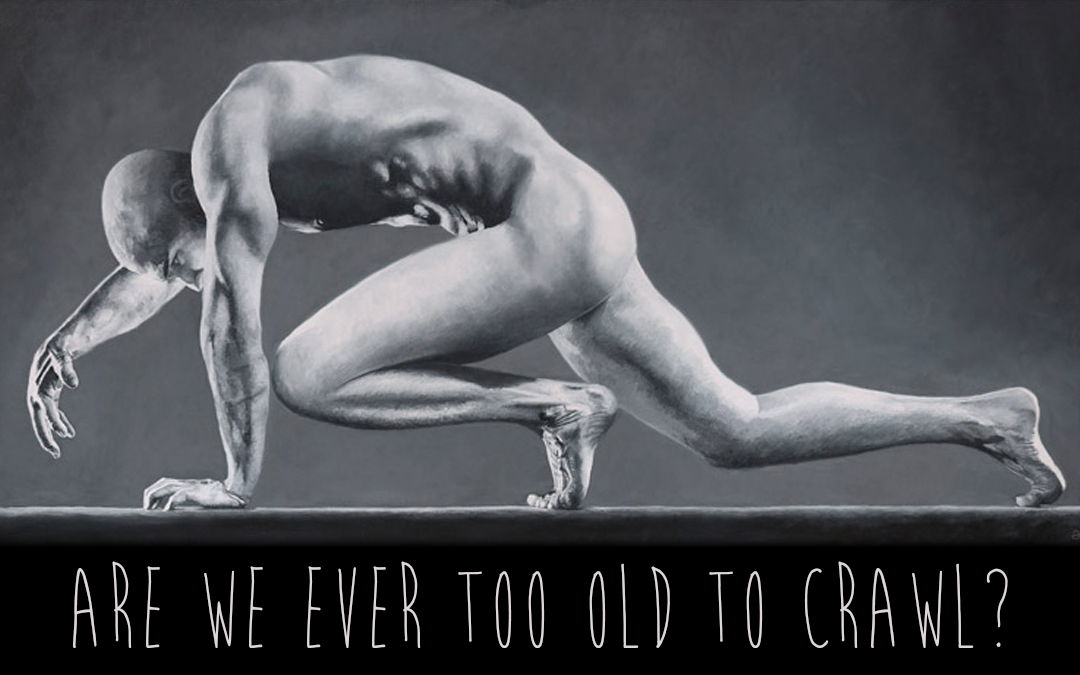
by Helena Read | Aug 10, 2016 | Wellness |
The Benefits of Crawling Are you ever too old to crawl? Let’s find out… My fascination with crawling began when my first-born began to roll, reach, stretch and find his own way towards movement on all fours and crawling. As a dancer and massage therapist I could scarce pull my eyes away from this miracle of movement unfolding in front of my eyes. The dynamic combination of determination, push and yield that I witnessed, running throughout his whole body, has fuelled my own exploration of crawling, and an ongoing inquiry to its wellbeing benefits. In this article I will share some of my passion for this simple and profoundly effective method for regaining original strength, as well as a little of the science. A baby’s determination to crawl is initiated by 4 billion years of human evolution coupled with profound curiosity. In the case of my son, this curiosity often took the form of our cat; though anything that lay in easy eyesight and just out of reach would do. This movement of reach is made possible by the dynamic force of push that comes from an opposite limb, often on the diagonal, sometimes on the same side of the body. The push and pull would start with the extremity of toes, fingers, elbows or knees gaining traction on the surface beneath them, and lead to a rocking movement that would gradually provide the momentum for progress towards the said attractive object. Integral to this push is a movement of yield, when the opposing muscles soften. This allows the spine to arch and become a spring of rocking movement,...
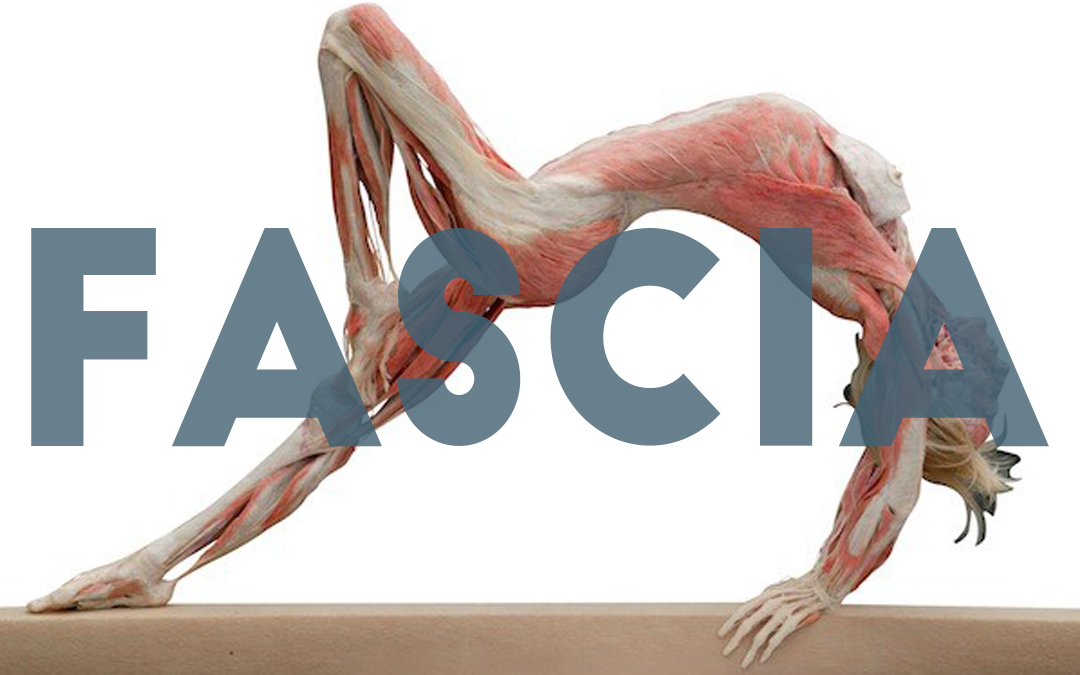
by Issey Cannon | May 12, 2016 | Massage |
Fascia and fascia massages You may have heard me speak of the fascia (myofascia) during a massage treatment. We are going to dive deep into this amazing, webbed world: What is fascia? The fascial network is a beautiful, crystal-like, three-dimensional, spider’s web structure that is ever-flowing and uninterrupted. It encompasses the entirety of the body, connecting our superficial skin layer to the deepest tissues within us. It connects our physicality to our physiology. It connects our toes to the top of our head. It is our connective tissue. It can be broken down into the superficial fascia, the deep fascia and the myofascia (‘myo’ is Latin for muscles and ‘Fascia’ for band). It is an elasto-collagenous matrix that is continuous and allows us to move and be kept in posture. It enables us to have a high degree of flexibility combined with being super, duper powerful and resilient to overstretching. It has a superb memory and we each have our own unique fascial fingerprint; memories and restrictions within the fascia can be stored from birth. It is our hydraulic shock absorber and enables the body to cope with load bearing, like gravity and mechanical stress. In its truest form, well hydrated and well looked after, it is fluid, dynamic to stress and powerful, allowing us to be in tip-top holistic health. What is fascia made of? The fascia is made up of a matrix of: Elastin – an elastic protein fibre that allows for stretching and contraction, it is what allows our skin to bounce back to its normal shape. It has a load-bearing role. Collagen – an inelastic...
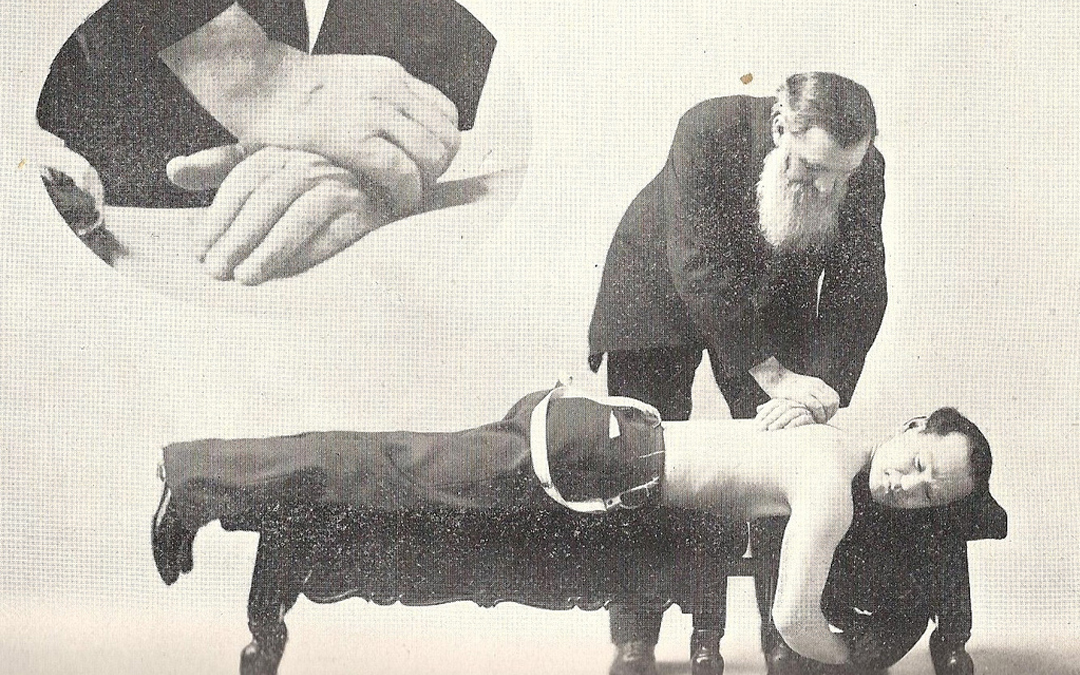
by Anwen Carter | Feb 23, 2016 | Chiropractic |
Chiropractic: How it all began!! This good looking chap is the genius who discovered Chiropractic. He theorised a spinal segment that was misaligned or fixated could irritate the corresponding nerve root, resulting in a dampened down nervous system, and pain. His name is Daniel David Palmer, and performed the first Chiropractic adjustment. DD Palmer had many jobs such as a bee-keeper, grocer and as a teacher – where he met Harvey Lillard, a partially deaf janitor. Harvey had felt something click in his back, 17 years previously, whilst bending over and then his hearing started to deteriorate. In 1895 DD Palmer, surmised that a joint in the spine had moved out of position and caused the deafness. He then performed the first ever chiropractic adjustment on that joint, in Davenport, Iowa, which he claimed regained Harvey’s hearing. DD founded the first chiropractic school in 1897. Everything was going well and Chiropractic was expanding, however it was still a new therapy and unrecognised by law. In 1907 Chiropractors in the US were arrested for practising medicine without a license. Many Chiropractors were jailed for their profession. DD Palmer was held for 17 days until he agreed to pay the fine. Finally, the chiropractors won their legal battle and achieved legal licensing for Chiropractic. After this DD Palmer sold his school to his son BJ Palmer, and went off to develop more around the country. This allegedly left a bitter taste between them. DD Palmer died in 1917 reportedly from typhoid fever, however due to the conflicting relationship between father and son, reports state that DD Palmer was struck by his son’s car during...
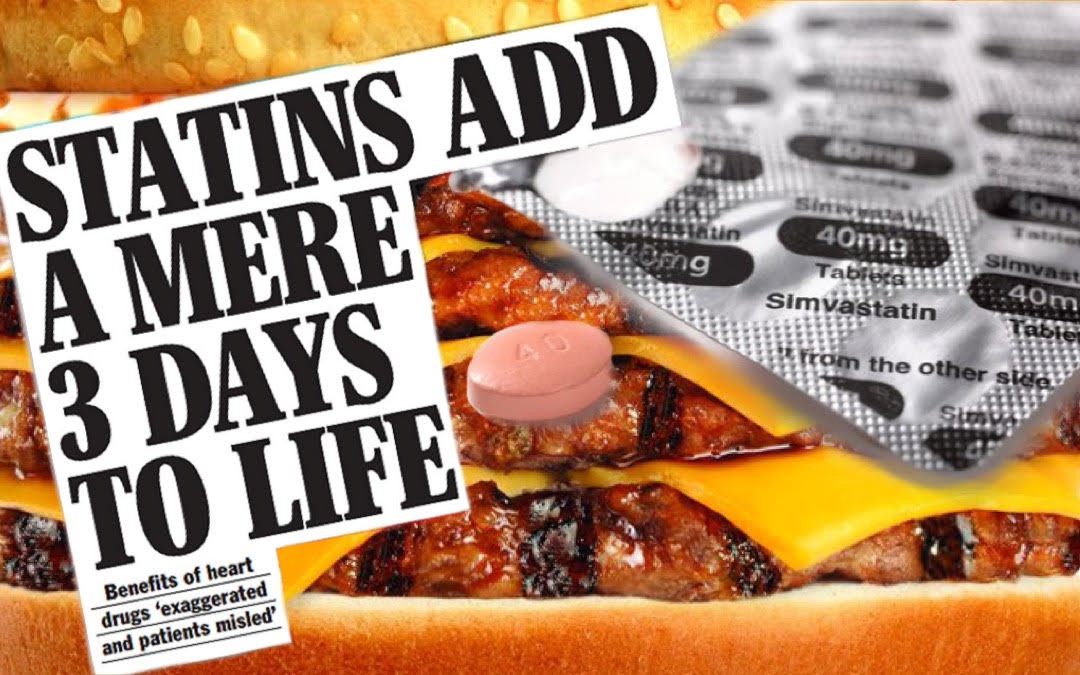
by Charles Herbert | Oct 23, 2015 | Wellness |
Should I be taking statins? We get asked a lot of questions about our opinion on medications that patients have been prescribed by doctors. The one medication we get asked most about are statins. The reason we get asked about these the most is that they stir up a lot of controversy and conflicting opinions. Most people have heard about or experienced side-effects and are recommended to take them as a precautionary measure rather than as a treatment. Around 12 million people over the UK routinely take statins. Current guidelines recommend a doctor prescribes statins for anyone with a 10% risk of heart disease within 10 years, and there have been pushes in the past for everyone over 50 to take statins, regardless of their health. So, with so many people taking statins and the medical profession pushing for more to join them, do the benefits out-weight the side-effects? Recent research has found that the benefit of taking statins only helps people live 3 days longer. How do statins work? Statins reduce the level of cholesterol in your blood. There are different types of cholesterol in your body, including “good cholesterol” (high-density lipoprotein) and “bad cholesterol” (low-density lipoprotein). Cholesterol is essential for your body, we need it for the health and structure of our cells among other benefits. High levels of cholesterol, especially “bad cholesterol”, is linked with thinning and blocking of arteries (atherosclerosis), which can cause heart attacks, strokes and coronary heart disease. The main effect of statins is to stop your liver for producing cholesterol, therefore reducing the levels of cholesterol in your blood. Your liver produces around 70% of the cholesterol in your body,...
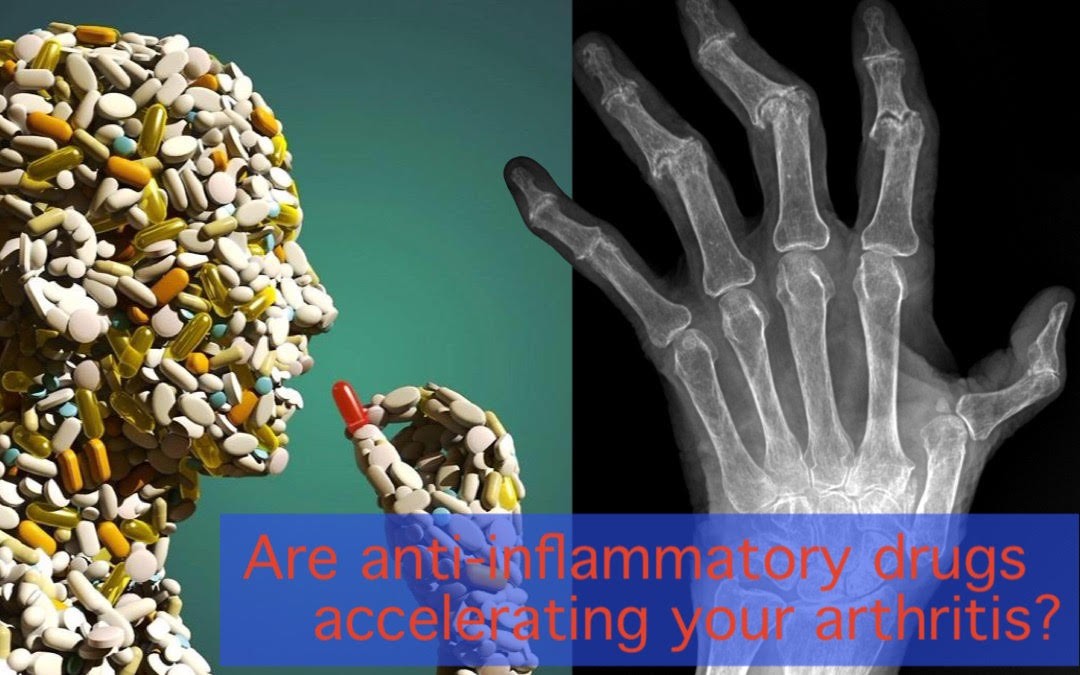
by Anwen Carter | Oct 5, 2015 | Chiropractic |
Can your arthritis be accelerated by the anti-inflammatory drugs you’re taking? A lot of the people who come and see us at The Chiropractic Centre: Bristol are struggling with the symptoms of arthritis, and are often taking one of many Non Steroidal Anti-Inflammatory Drugs (NSAIDs) for it. However research shows that this is the last thing you want to be taking, as these drugs have been proven to accelerate arthritis, the very problem you are trying to prevent! Cartilage is found between joints and is there to act as a shock absorber, to help the bones move freely in the joint, and to stop the bones grinding on one another. Osteoarthritis, otherwise known as ‘wear and tear’ is where the cartilage between joints begins to wear down and the movement in the joint decreases and you begin to develop stiffness and pain. NSAIDs are the most commonly prescribed drugs for symptoms of Osteoarthritis, however research suggests that these drugs quicken the break down of cartilage in the joint, in other words, quicken the process of arthritis! When our body is damaged, it starts an immune response to begin the healing process. When the bone and cartilage is affected, the body releases molecules called prostaglandins, along with many more! These prostaglandins contribute to the repair of cartilage (Otsuka, Aoyama, Furu, et al., 2009). NSAIDs stop this from happening by stopping an enzyme that produces these prostaglandins; which is not what you want when you have already damaged joints! Research shows that commonly used NSAID pain killers slow down the repair of cartilage and speed up the development of arthritis in your joints Many people know the common side...
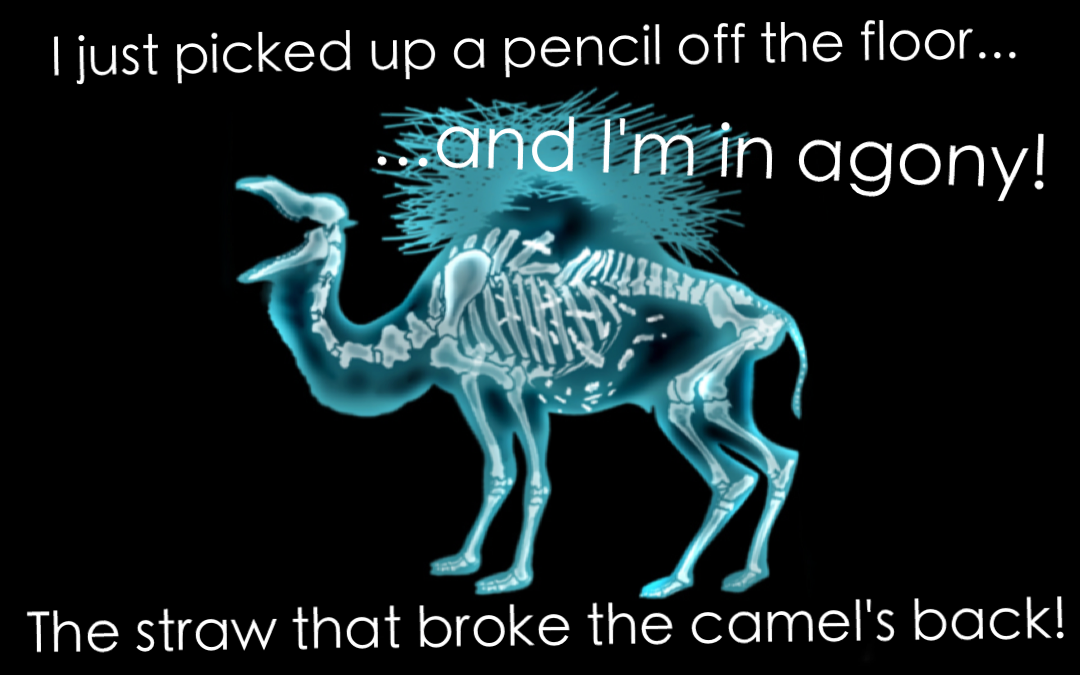
by Charles Herbert | Sep 21, 2015 | Chiropractic |
All I did was pick up a pencil! And the back pain is horrific! We have a lot of people come and see us in agony; excruciating back pain radiating down their legs (sciatica), that started after picking up a pencil off the floor! It’s not always a pencil, however some arbitrary movement you’ve done many times before. So why does your back ‘go’ in such an extreme way when you weren’t doing something silly or heroic?! The best answer is the saying: ‘The straw that broke the camel’s back’. What this means is, a camel can carry a lot of straw, however eventually there will be the difference of one piece of straw that will ‘break the camel’s back’. So what do humans and camels have in common? Well, I’m not going to go down the hump route. The similarity is, as modern day humans our 21st century lifestyles are constantly putting stress (bits of straw) on our backs. We are not designed to sit, yet we sit for hours on end at work or in front of the tv, often in poor postures slouching. Research tells us we sit on average for 7.7 hours per day, which is 55% of our waking day. We are designed to lift using our legs but we lift mostly using our backs. We aren’t designed to live constantly stressful lives, yet we live lives filled with deadlines, worries and negative thoughts. So what happens is we constantly load and stress our lives with pieces of straw, and often our spine is taking the brunt of it. One day we do something we have...











